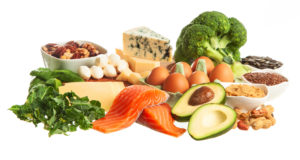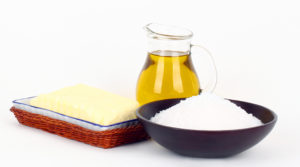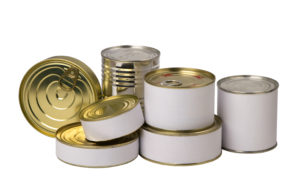According to the United States Department of Agriculture (USDA), processed foods are defined as “any raw agricultural commodity that has been subject to washing, cleaning, milling, cutting, chopping, heating, pasteurizing, blanching, cooking, canning, freezing, drying, dehydrating, mixing, packaging or other procedures that alter the food from its natural state. This may include the addition of other ingredients to the food, such as preservatives, flavors, nutrients and other food additives or substances approved for use in food products, such as salt, sugars and fats.” Based on this broad definition, unless food comes directly off the tree, it meets the definition of processed.
When the term “processed food” is used in everyday warnings, it refers to foods that include additives to extend shelf life, ingredients such as corn syrup or sugar, or takes a manufacturing process to create.
The Food and Agriculture Organization of the United Nations (FAO) uses the NOVA Classification system, developed by researchers in Brazil, to classify foods into four groups based on the level of processing.
GROUP 1 – Unprocessed or minimally processed foods
Fresh, squeezed, chilled, or frozen fruits and vegetables, meat, milk, eggs, nuts, herbs and spices
GROUP 2 – Processed culinary ingredients (Obtained from Group 1 foods to prepare, season, and cook Group 1 foods)
Oils, butter, maple syrup, honey, sugar and molasses
GROUP 3 – Processed foods
(Made by adding salt, oil, sugar or Group 2 ingredients to Group 1 foods using preservation methods to enhance preservation and enjoyment of Group 1 foods)
Canned vegetables, salted or sugared nuts and seeds, fruit packed in syrup, canned fish, freshly made unpackaged bread and cheese
GROUP 4 –Ultra-processed foods
(Made by industrial equipment, chemical modifications, modified food substances, additives, sweeteners, emulsifiers and processes and ingredients to extend shelf life and increase palatability)
Soft drinks, candy, ice cream, energy bars, ready-to-heat products such as pizza and frozen dinners, pies, hot dogs, instant soup, packaged snacks, meal replacement shakes and mass-produced bread
Impact on Health
According to an article by Srour et al., ultra-processed foods account for approximately 25-60% of the daily energy intake for adults in many industrialized nations worldwide. This means that millions of people are regularly consuming large quantities of additives, chemicals, excess sugars and fats. This study showed that high intake levels of ultra-processed foods were associated with a higher risk of cardiovascular, cerebrovascular and coronary heart disease.
Another study by Rico-Campà et al. showed that consuming four or more daily servings of ultra-processed foods increased risk for all-cause mortality by a stunning 62%. Each additional serving of ultra-processed food per day increased the rate by another 18%.
A small scale study by Hall et al. showed that those with a higher intake of ultra-processed foods gained weight while the comparison group with an unprocessed diet lost weight. The inclusion of excess sugar, salt and fat makes the food taste better and leads to greater consumption, which ultimately causes weight gain.
Now What?
Processed foods are often the less expensive or most flavorful option. Using prepared sauces, snacks and beverages is also often a time-saver in our busy lives. However, we know that the highly processed foods negatively impact our health and increase our risk of cardiovascular disease, obesity and all-cause mortality.
Read food labels carefully to determine ingredients and processing methods. Limit consumption of foods in the ultra-processed category and enhance the Group 1 products in your diet to provide more nutrients and fewer detrimental ingredients. The culture of our society means that processed foods may not be completely unavoidable, but knowing the risks allows you to make informed decisions and limit ultra-processed foods while increasing natural foods for optimal health.
RELATED ARTICLES
Decoding the New Food Labels: What You Need to Know
Ho’oponopono: An Ancient Hawaiian Path to Forgiveness
Is a Deadline the Best Motivator?
Forget Everything You Know About Your Metabolism





